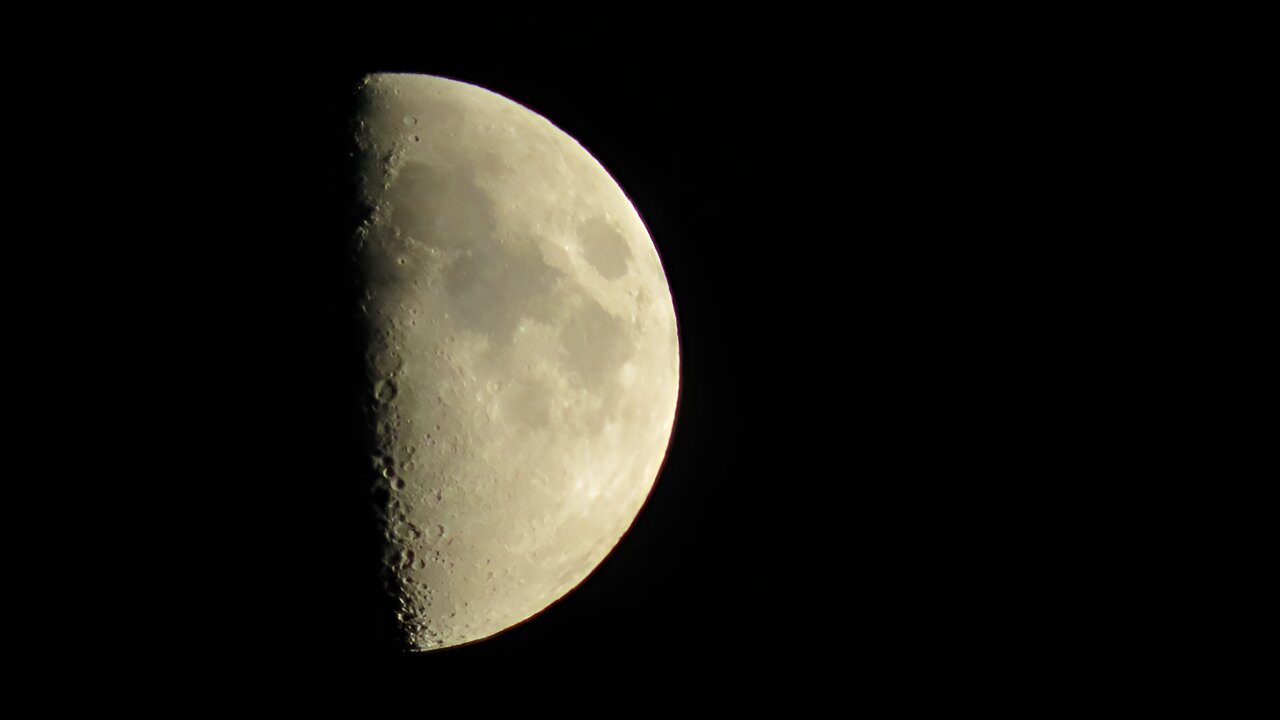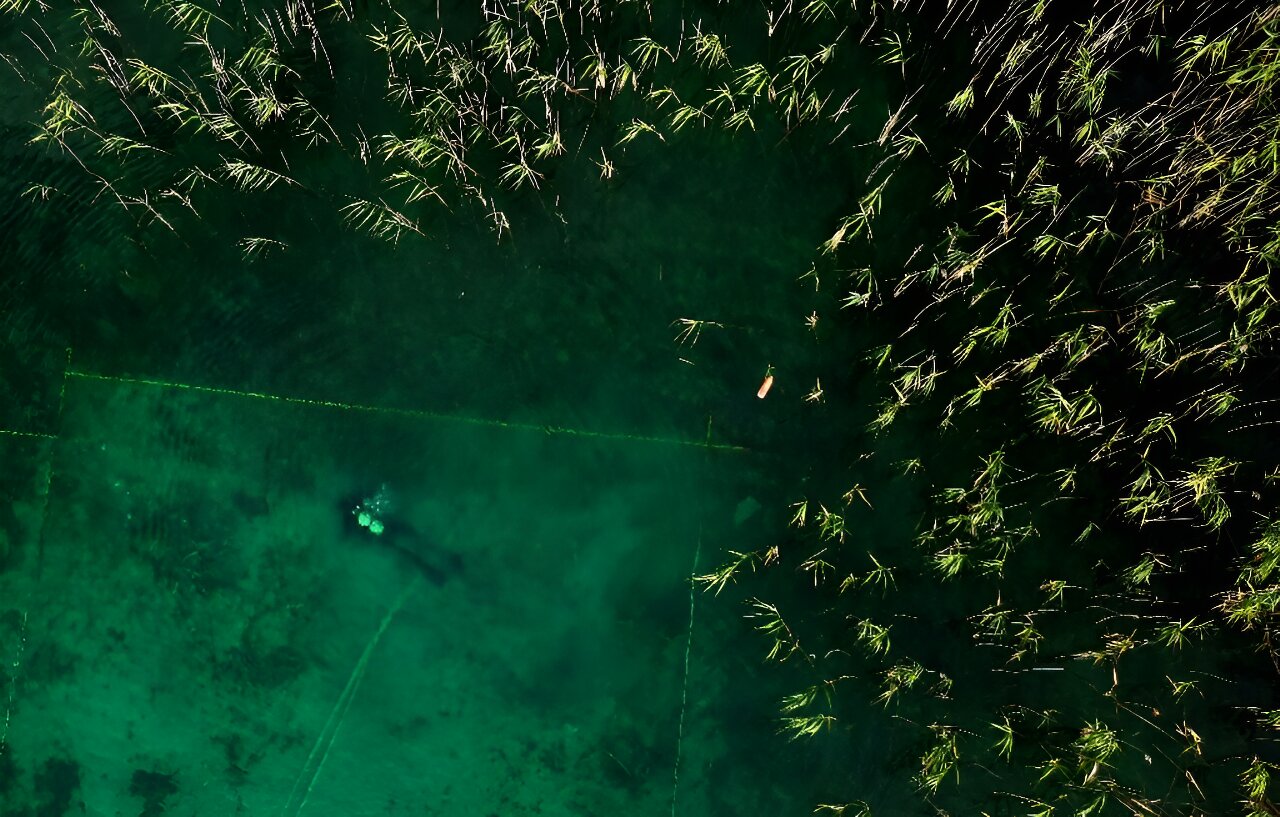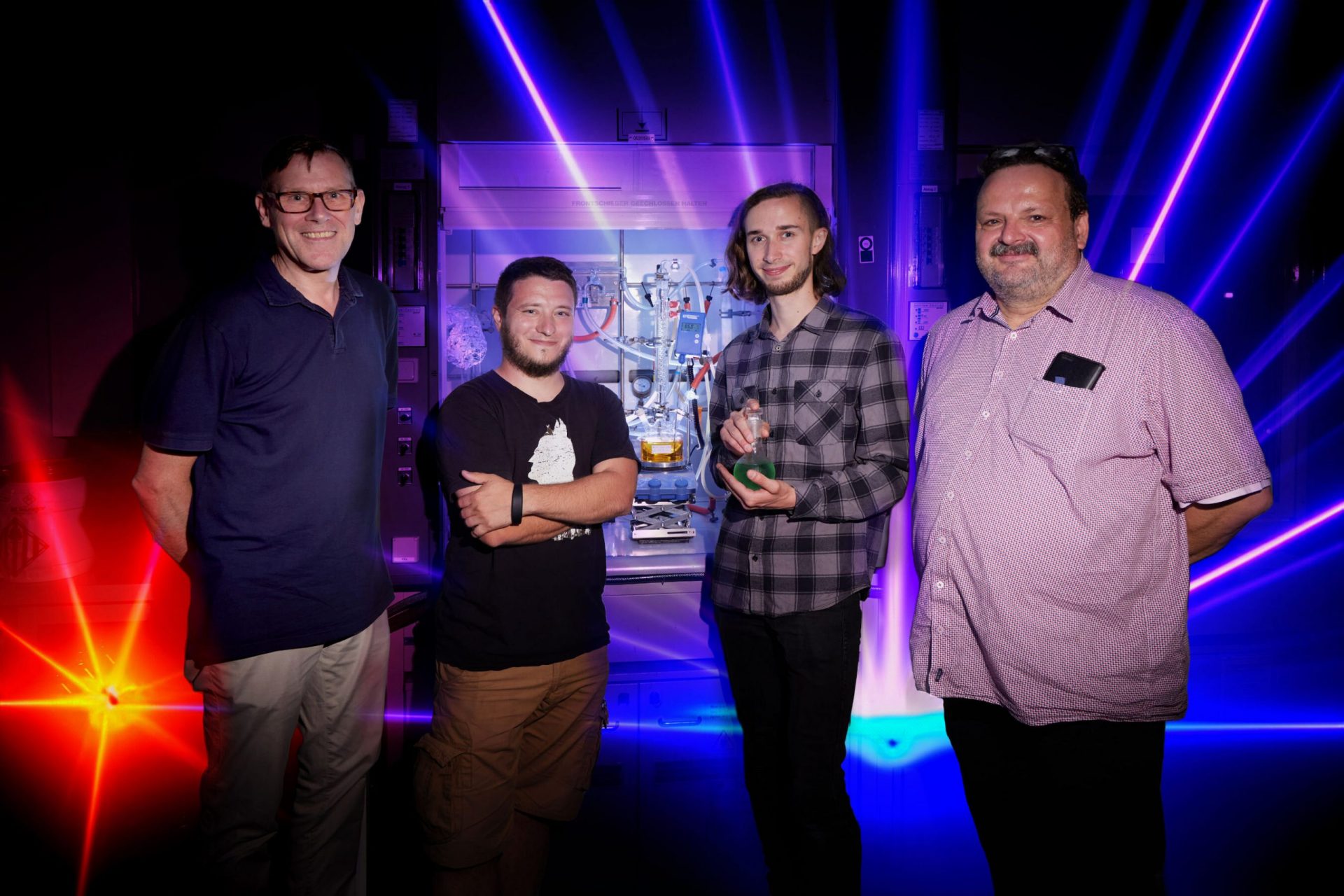Exploring the depths of planets and moons is no easy task. These celestial bodies, like our very own Earth and its moon, are complex and layered, with internal features that tell the story of their formation, collisions, and ongoing dynamics.
Anomalies within these celestial bodies, characterized by variations in density, can be detected using gravity data. These density anomalies affect the gravitational force experienced by spacecraft passing nearby, creating higher or lower gravity readings.
Now, a team led by Kristel Izquierdo has developed an innovative technique called THeBOOGIe (transdimensional hierarchical Bayesian object-oriented gravity inversion) that allows researchers to infer the internal structure of planets and moons using gravity acceleration data collected by orbiting spacecraft. The findings of their study have been published in the journal Earth and Space Science.
Compared to traditional methods, THeBOOGIe offers greater flexibility in incorporating geological and geographical data, eliminating the need for researchers to input specific depth ranges or information about known density interfaces. It utilizes a Bayesian statistical approach, starting with a randomly generated model of the celestial body’s interior and refining it through numerous iterations to best fit the input data.
The team tested THeBOOGIe by applying it to synthetic lunar data, accurately identifying the location and width of density anomalies in the moon’s crust and mantle. However, it did overestimate the vertical thickness of crustal anomalies.
The researchers believe that THeBOOGIe, with further refinement, can complement seismic-based models of planetary interiors and provide insights into the internal features of smaller celestial bodies that lack a well-defined layered structure. Its flexibility and statistical strength may also aid in visualizing the interiors of planets and moons with limited seismic and geophysical data.








